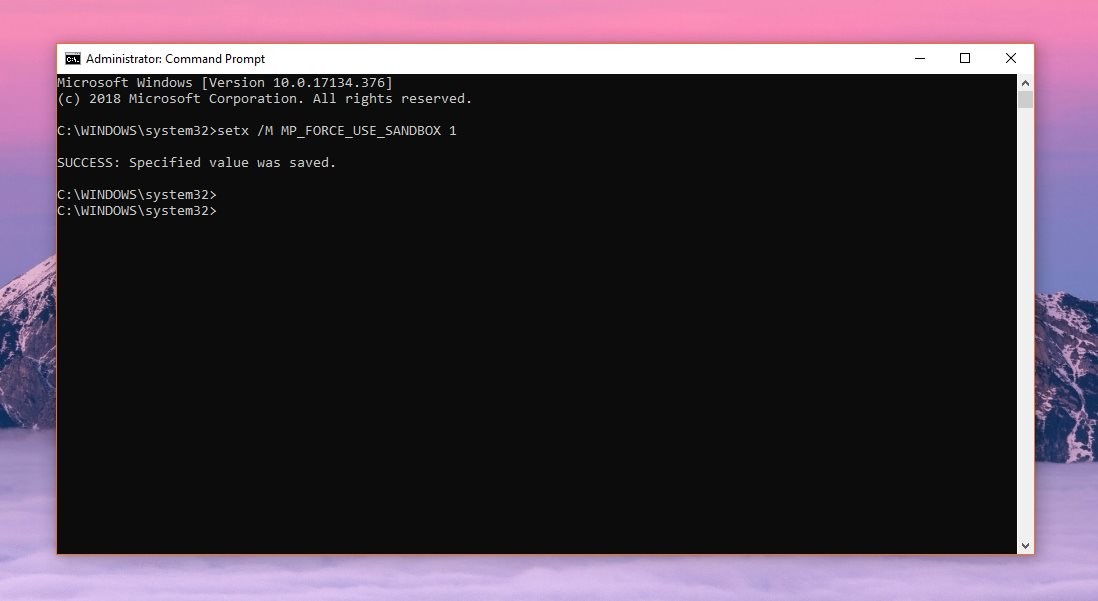
To prevent the reoccurrence of these sandbox computer entries, delete the ThreatLocker Stub or MSI after installation so they can not be scanned again by Windows Defender ATP. No charges will be accrued for computers that don't check in for 7 days. They should not reappear unless Windows Defender ATP scans the ThreatLocker Stub or MSI installers again. If you find these sandbox computers listed in your organization, you can safely delete them from the list.

These sandbox machines that have been created and deleted by Windows Defender ATP will share the following characteristics: The sandbox computer will remain listed as a computer in the organization although it no longer exists. After installation, when Windows Defender ATP deletes the VDI, it will have been deleted without uninstalling the ThreatLocker Agent. Thereby, the VDI will unintentionally be added as a computer under the organization whose installer file is being investigated. When Windows Defender ATP investigates the ThreatLocker Stub or MSI installer in this way, ThreatLocker is installed on the VDI in Azure. Once completed, Windows Defender ATP deletes the sandbox.Windows Defender ATP then executes the file it is investigating in this sandbox.First, Windows Defender ATP creates a VDI sandbox environment in Azure.Windows Defender Advanced Threat Protection (ATP) runs files in a sandbox environment to ensure they are not malicious. Special Consideration When Maintenance Mode Will Not Take Affect.Windows Defender Advanced Threat Protection and ThreatLocker.Creating an Exclusion Policy for a Storage Path.ThreatLocker Password Complexity Requirements.The Difference Between an Application and a Policy.

Special Considerations when Running an MSI file from a Network Share.Customizing the ThreatLocker Popup Windows.How to Create a ThreatLocker University Account.Google Chrome/ Edge Chromium Extension and Command Prompt.

Device Showing as Offline after Feature Update.


 0 kommentar(er)
0 kommentar(er)
